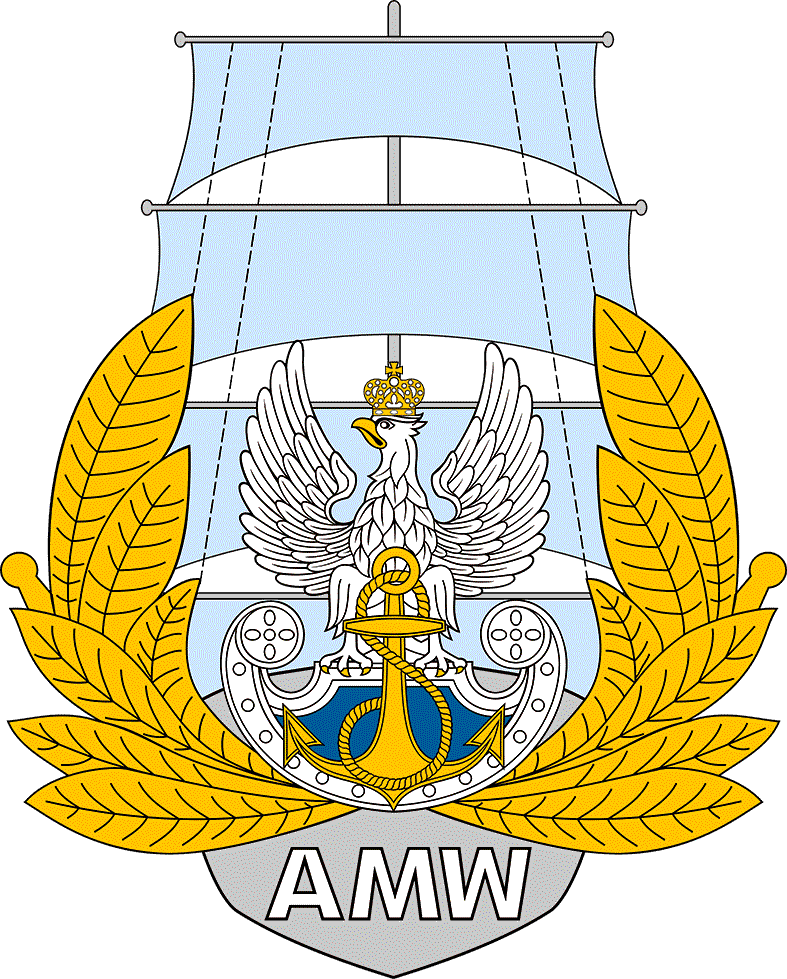Atrocities of war or manifestation of racism? Mistreatment of POWs from the U.S. Colored Troops (USCT) in the Western Theatre during the Civil War – selected examples*
Keywords:
African Americans, Civil War, racism, U.S. Colored Troops, war atrocities, war crimesAbstract
It is not without reason that the Civil War is considered to be a turning point in US history. One was the mass participation of African Americans, who, for the first time since the War of Independence, were allowed to serve in the army (total ca.180,000). Even though many U.S. Colored Troops were not frontal units, never-theless some of them did actively participate in military operations. As a consequence an issue of black prisoners of war occurred. Obviously, in this case, they had to be captured by Southern troops first. Unfortu-nately, much oftener, there were instances of mistreatment or even brutal slaughter of POWs from U.S. Colored Troops (i.e. Fort Pillow – April 12, 1864, Poision Springs – April 18, 1864, etc.). Did such behavior of Confederate soldiers fit in in wide definition of war atrocities, understood as a will to take revenge at enemy’s troops, which plunder mother country, to avenge your family and friends, killed by the enemy, etc. Or it is a much deeper problem, having its conditioning in the culture of the South, whose ideological foundation was existence of so called Herrenvolk democracy, deeply rooted belief about superiority of white race over black (known also in the North), which was reflected not only in speeches of Southern, and later Confederate, politicians but also in the Constitution of the Confederate States of America.
Downloads
Published
Issue
Section
License
Copyright (c) 2020 Colloquium

This work is licensed under a Creative Commons Attribution-NonCommercial-NoDerivatives 4.0 International License.






